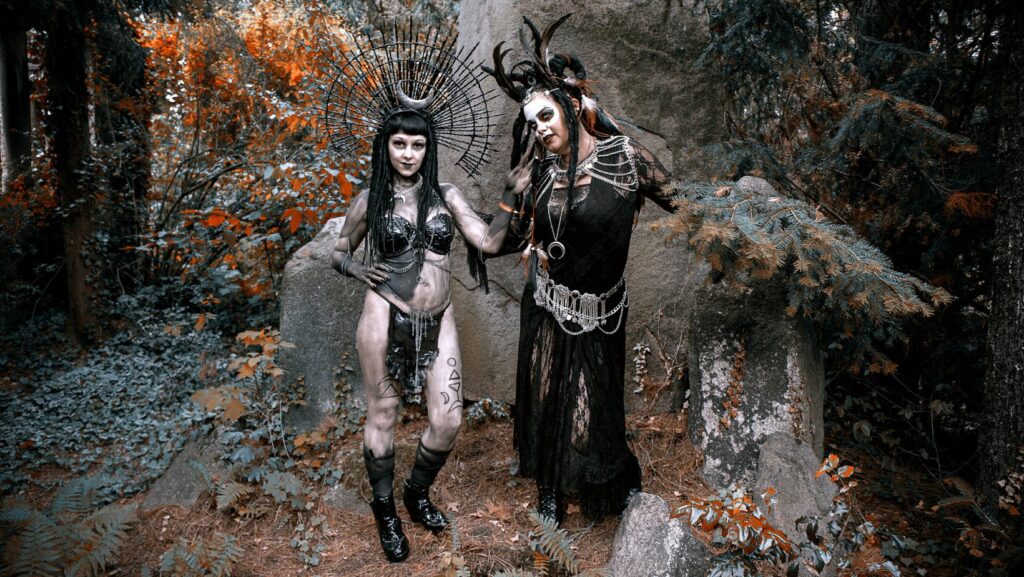The world of cosplay isn’t what it used to be. As the industry evolves, so does the art of costume play, or ‘cosplay’, a phenomenon that’s swept across continents, uniting fans of all genres. This transformation, known as ‘cosplay change’, has redefined the conventional boundaries of this vibrant subculture.
From humble beginnings at fan conventions, cosplay has grown into a global phenomenon, with enthusiasts investing time, money, and creativity into their craft. But what’s driving this change, and how is it impacting the community and the industry at large?
This article dives into the heart of ‘cosplay change’, exploring the factors fueling its evolution and the ripple effects it’s creating in the wider pop culture landscape. So, whether you’re a seasoned cosplayer or new to the scene, strap in for a journey through the dynamic, ever-changing world of cosplay.
Cosplay Change
 Cosplay change symbolizes the metamorphosis of cosplay over the years, impacting the community, industry, and pop culture. It’s crucial to grasp the two main components of this transformation, evolution, and influences.
Cosplay change symbolizes the metamorphosis of cosplay over the years, impacting the community, industry, and pop culture. It’s crucial to grasp the two main components of this transformation, evolution, and influences.
Tracing the history of cosplay, one can observe a distinct evolution. Cosplay, originating from fan conventions, has now transformed into a worldwide movement. Originally, fans would dress as their favorite characters solely for the love of the role. It was a personal craft, an individual’s artistic expression inspired by a beloved franchise.
However, with the advent of the internet, especially social media and video-sharing platforms such as YouTube, this niche hobby exploded into the mainstream. Cosplayers went from showcasing their costumes at conventions to a global audience online.
The community expanded, the cosplays became more intricate, and the hobby transitioned into a profession for some. The industry started to take notice, with costume and prop companies capitalizing on the trend, offering ready-made costumes or bespoke creations. Thus, cosplay underwent a metamorphosis, with the internet acting as the chrysalis.
The Impact of Technology on Cosplay
 Building upon the previous discussion of cosplay’s evolution, this section highlights how technology specifically contributes to the ongoing ‘cosplay change.’ Technological advances have significantly revamped the cosplay landscape, reshaping how costumes are made and designs are developed.
Building upon the previous discussion of cosplay’s evolution, this section highlights how technology specifically contributes to the ongoing ‘cosplay change.’ Technological advances have significantly revamped the cosplay landscape, reshaping how costumes are made and designs are developed.
In the past, cosplayers commonly utilized simple materials such as cloth, cardboards, and paints. Presently, technology has enriched the material repertoire available to cosplayers. Thermoplastics, for instance, present a transformative shift. Due to their ability to be molded when heated, they grant greater flexibility in creating intricate designs like armor or props. Similarly, LED lights provide options for incorporating light effects into costumes, enhancing their visual appeal.
Discovering the potential of 3D printing has equally revolutionized cosplay costume production. 3D printers allow cosplayers to create complex structures with high precision. Using a computer-aided design (CAD) program, a cosplayer can bring any concept to life, irrespective of complexity–from intricate accessory details to full-scale armor pieces.
Digital technology provides another avenue for ‘cosplay change.’ Previously, cosplayers relied heavily on improvisation and manual skills. Now, robust software solutions exist that assist in designing and visualizing their costumes before manufacturing.
Cultural Factors Affecting Cosplay Trends
 Cultural elements significantly impact cosplay trends, with globalization and cultural appropriation playing decisive roles. This section explores these crucial aspects in detail.s Globalization has influenced cosplay, making it a widely appreciated art form worldwide. Cosplay communities have crossed national boundaries, fostered by the internet and social platforms. Digital platforms like Reddit, Cosplay.com, Facebook groups, and Instagram have played pivotal roles in increasing cosplay’s global reach, bringing together cosplayers from every corner of the globe. These platforms have not only helped users exchange information and share ideas, but they’ve also nurtured the formation of multicultural cosplay communities.
Cultural elements significantly impact cosplay trends, with globalization and cultural appropriation playing decisive roles. This section explores these crucial aspects in detail.s Globalization has influenced cosplay, making it a widely appreciated art form worldwide. Cosplay communities have crossed national boundaries, fostered by the internet and social platforms. Digital platforms like Reddit, Cosplay.com, Facebook groups, and Instagram have played pivotal roles in increasing cosplay’s global reach, bringing together cosplayers from every corner of the globe. These platforms have not only helped users exchange information and share ideas, but they’ve also nurtured the formation of multicultural cosplay communities.
With globalization, international events and conventions such as Comic-Con International, Anime Expo, and Japan Expo have garnered massive participation from global cosplayers, further internationalizing this art form. In addition, cosplay trends have intermingled due to such global interactions, leading to the creation of new, unique styles that borrow elements from multiple cultures, thereby ensuring the dynamic nature of cosplay.

